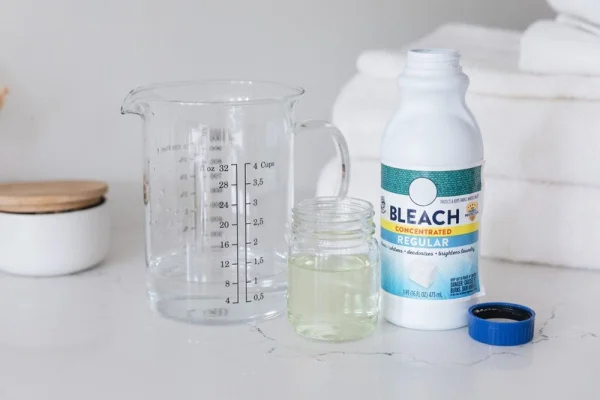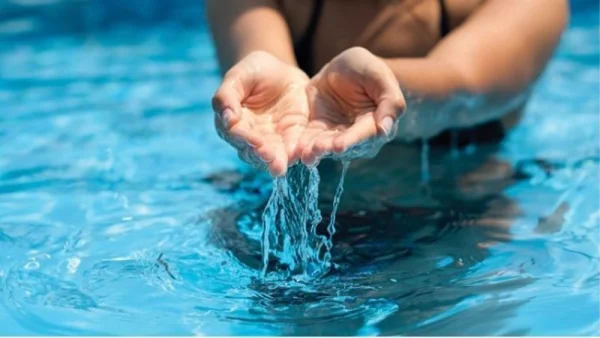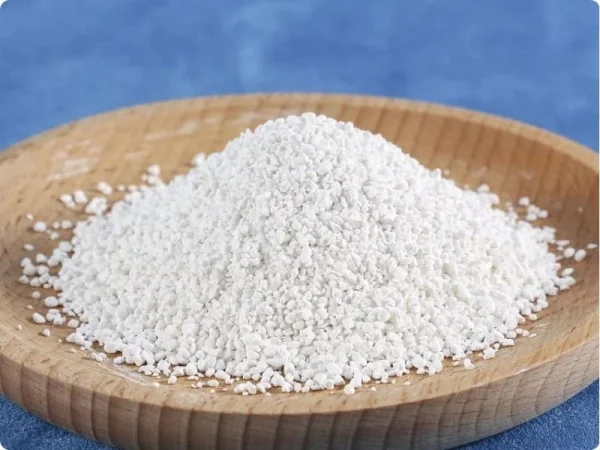
Liquid PAC 10% - 17% is currently available in many places on the market as it is a chemical with many applications and is essential in various industries, especially water treatment. If you are interested in this liquid PAC chemical, take some time to learn about the product with us.
Overview of PAC 10% - 17%
PAC is a shortened form of the term Poly Aluminium Chloride. It is a type of aluminum sulfate that exists in a high molecular weight form (polymer) with the chemical formula [Al2(OH)nCl6-n]m. Currently, this chemical is gradually replacing aluminum sulfate in water treatment in advanced countries.
PAC is currently produced in two forms: solid PAC and liquid PAC. Each form has specific characteristics:
Solid PAC
Solid PAC exists in the form of a beige powder. When dissolved in water, it can completely dissolve. Just a sufficient amount of powder is needed to create a 10% - 17% PAC solution. This solution can then be added to the water needing treatment, stirred, and allowed to settle. Solid PAC can be stored under normal conditions, in sealed bags or packages, kept in a dry place away from direct sunlight.
Liquid PAC
In terms of appearance, liquid PAC exists in a lemon-yellow solution. It is usually stored in plastic cans or bottles.
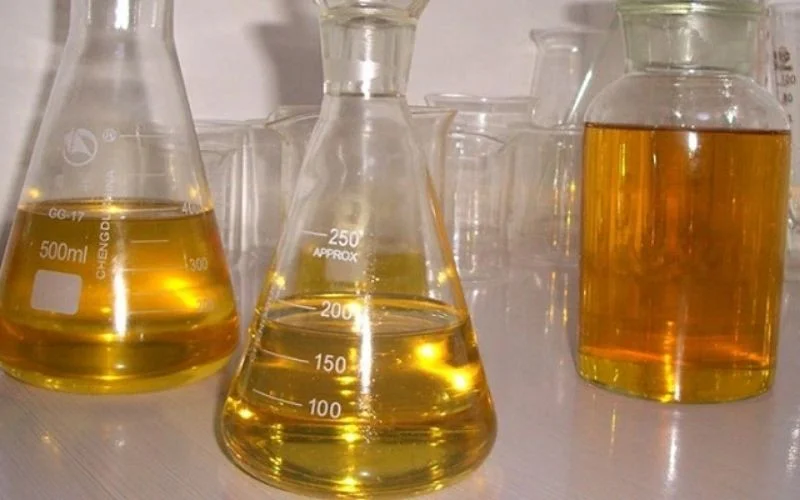
Overview of PAC 10% - 17%
How PAC Chemical is Produced
To produce PAC, hydrochloric acid and aluminum are used. These materials are placed in a glass-lined reactor equipped with a stirrer. The ratio of HCl and aluminum sulfate varies depending on the desired liquid PAC concentration (PAC 10%, PAC 17%, PAC 31%, etc.).
The temperature of the reactor must be tightly controlled throughout the reaction process. The product obtained after the reaction is separated by filtration.
Applications of PAC 10% - 17%
PAC is a high molecular weight polymer compound widely used in the field of treatment, specifically:
- Wastewater Treatment: PAC is used to remove suspended solids in wastewater, such as industrial wastewater from paper manufacturing, textile dyeing, ceramics, bricks, seafood processing, livestock slaughtering, metallurgy, etc.
- Water Supply Treatment: PAC helps coagulate suspended impurities and organic matter to treat water for human consumption or industrial production. It is particularly suitable for swimming pool water supply stations and domestic water supply plants.
- Domestic Water Filtration: this chemical is used in systems and processes for filtering domestic water or drinking water for households. Water from rivers, lakes, and canals can be directly settled with PAC for daily use and irrigation.
- Aquaculture Water Treatment: PAC is commonly used in aquaculture ponds, especially shrimp and fish farming ponds.
When using liquid PAC for water treatment, the dosage depends on the concentration of suspended solids and the nature of the water to be treated. Therefore, determining the appropriate PAC concentration is identified through direct trials on the treatment target.
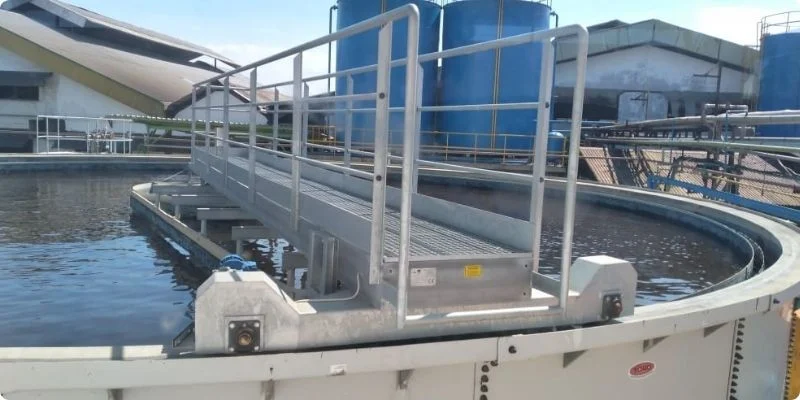
Using liquid PAC for water treatment
Quality Standards of PAC 10% - 17%
Below is a table of quality indicators for liquid PAC chemicals
No | Item | Unit | PAC 10% | PAC 17% | Testing method |
1 | Appearance | - | Clear or yellow solution | Observation by eyes | |
2 | Aluminium Oxide(Al2O3 ) | % | ≥ 10 | ≥ 17 | JIS K 1475:2006 |
3 | Alkalinity | % | 40÷90 | 40÷90 | JIS K 1475:2006 |
4 | Iron content | ppm | ≤ 100 | ≤ 150 | JIS K 1475:2006 |
5 | Water insoluble | % | ≤ 0,15 | ≤ 0,2 | JIS K 1475:2006 |
6 | pH 1% solution in water | - | 3,5÷5 | JIS K 1475:2006 | |
7 | Proportion | g/ml | ≥ 1,19 | ≥ 1,35 | JISK 1475:2006 |
Why is PAC 10% - 17% Used More Than Aluminum Sulfate?
Previously, aluminum sulfate was mainly used for water treatment, but since the introduction of PAC, it has become the preferred choice because:
- PAC's sedimentation efficiency is 4-5 times higher than aluminum sulfate, and the coagulation time is much faster.
- Using liquid PAC makes the water clearer, extending the filtration cycle and improving the quality of filtered water.
- Compared to aluminum sulfate, water treated with PAC has a more stable pH level, reducing the need for additional lime or alkali, which helps prevent equipment corrosion.
- With PAC, very little or no additional coagulant is needed, and no extra equipment is required to aid sedimentation, making PAC use simple and avoiding complex procedures.
- High doses of PAC do not cause water to become cloudy again, unlike aluminum sulfate.
- PAC removes dissolved, undissolved organic compounds, and heavy metals more effectively than aluminum sulfate.
- The amount of sludge generated after PAC treatment is less than that produced with aluminum sulfate.
- Even with a low PAC dosage, large flocs and effective sedimentation are ensured.
- Residual Al3+ levels in water are lower with PAC than with aluminum sulfate. Additionally, PAC does not generate harmful SO42- (which is toxic to microorganisms) in treated wastewater.
- PAC does not become watery or clumpy after opening the package, unlike aluminum sulfate.
- The pH operating range for PAC is quite broad, from 5 to 8.5, allowing heavy metal ions to precipitate and settle or attach to previously formed floc particles.
Notes on Using Liquid PAC Chemical
PAC is industrially produced in two main forms: liquid PAC and powder PAC. The liquid form is used directly, while the powder form needs to be pre-dissolved. PAC is non-corrosive, making it easy to store and transport.
When using PAC, you can dilute it into a 5% - 10% solution and then pour it into the water source to be treated:
- For surface water, the dosage ranges from 1 - 10g/m3 PAC, depending on the turbidity of the raw water.
- For industrial wastewater, the dosage ranges from 20-200g/m3, depending on the concentration of suspended solids and the nature of the wastewater.
In summary, the amount of PAC used depends on the characteristics of the water to be treated.
Supplier of Large Quantities of PAC 10% - 17% at Competitive Prices
Due to its wide applications and high efficiency, Liquid PAC is sold in many places. However, not all suppliers guarantee quality and reasonable prices. You might find cheap products with poor quality or expensive ones with good quality. Therefore, carefully considering the supplier is essential.
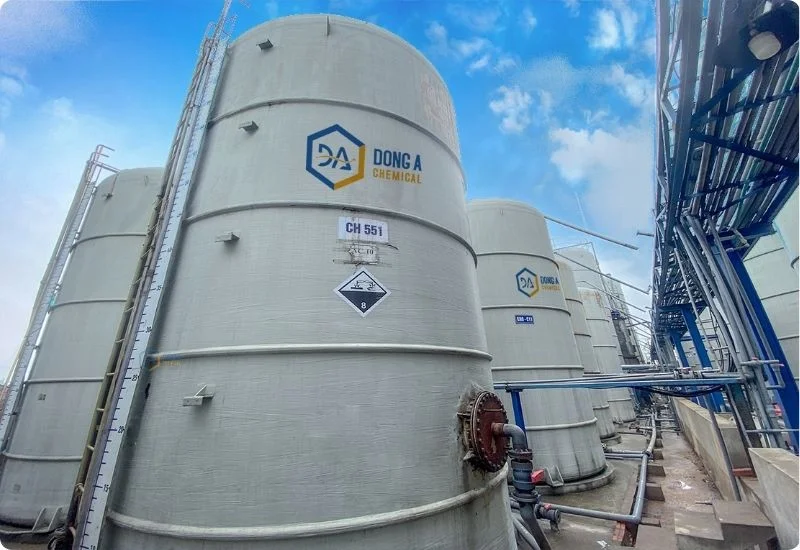
Contact Dong A Chemicals for the best prices
Currently, Dong A Chemicals is a supplier of PAC 10% - 17% highly rated by customers for its quality and competitive pricing. If you need to purchase PAC, contact Dong A Chemicals for the best prices.
Dong A Chemicals:
- Hotline: (+84) 985797941
- Email: export@dongachem.vn
- Website: dongachem.com
- Address: Khu 9, Phong Chau town, Phu Ninh district, Phu Tho, Viet Nam
Related Articles
Is Chlorine in Water Harmful?
Using chlorine in water to disinfect has helped purify the water and reduce the risk of waterborne ...
Difference Between Chlorine and Bleach Chemicals
Chlorine and Bleach are powerful oxidizing agents with similar applications in disinfection, ...
How to Effectively Chlorinate Your Pool
Maintaining a clean and safe swimming pool is crucial for ensuring a refreshing and enjoyable ...
Liquid Sodium Hydroxide 32% - 50%
Product Description Product name Liquid sodium hydroxide 32% - 50% Another name Liquid sodium ...
A Comprehensive Guide to Chemicals for Pools
When it comes to maintaining a pool, using the right chemicals is crucial for ensuring the water is ...
Chlorine Granules vs Chlorine Tablets: Which is Better for Treating Water?
When it comes to treating water for swimming pools, industrial processes, or household uses, ...


